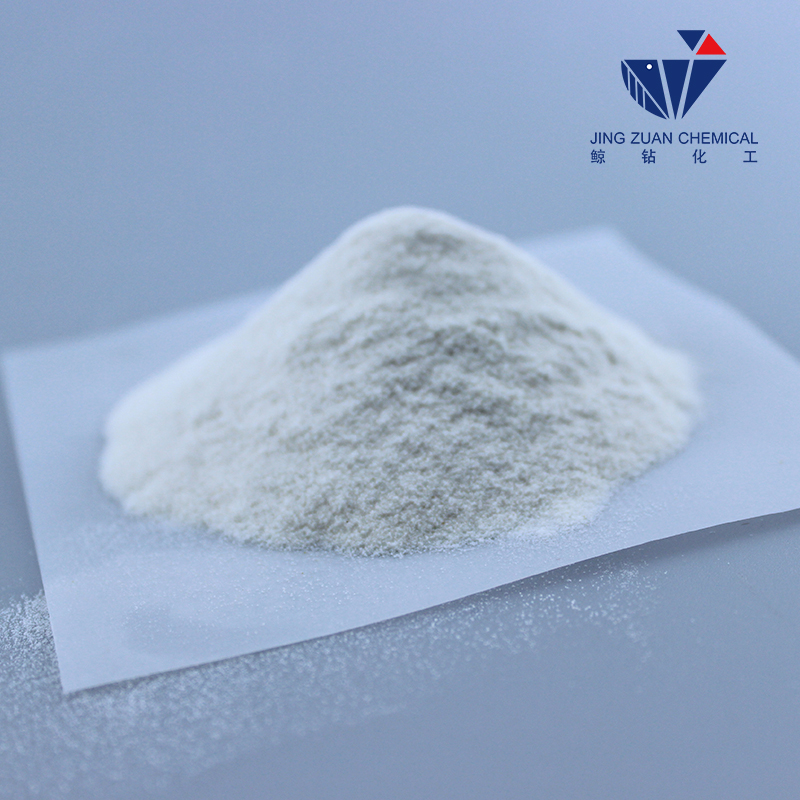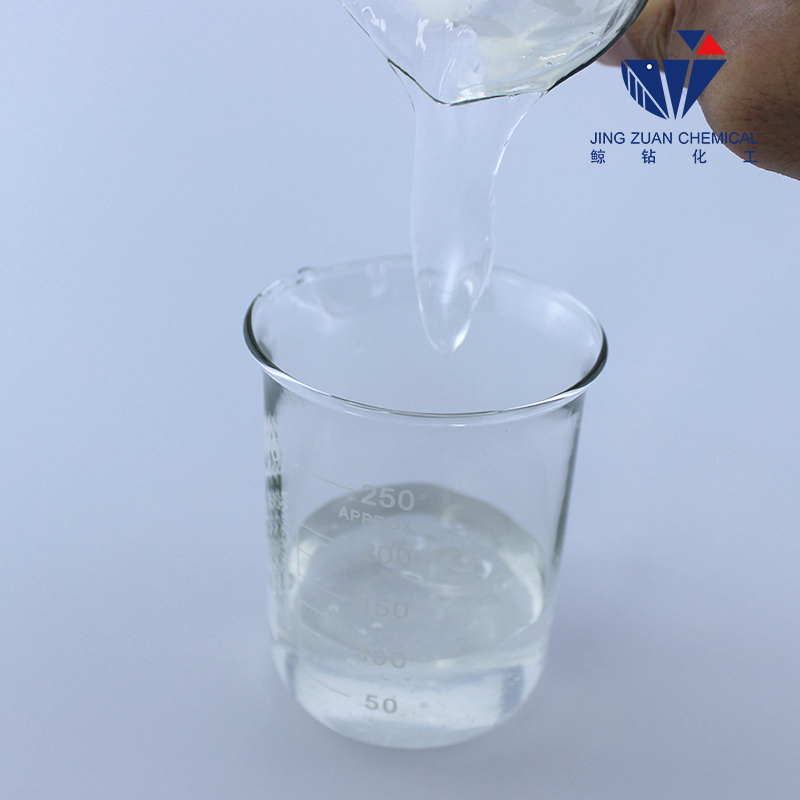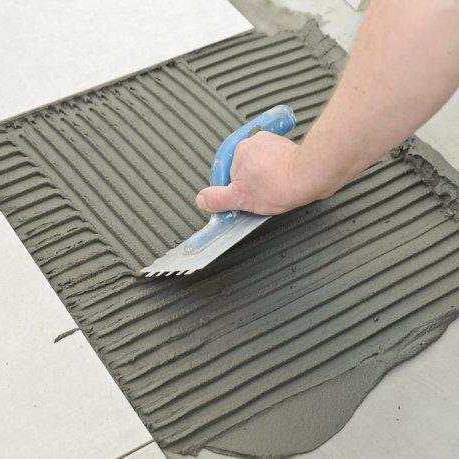
Oct . 27, 2025 18:50 Back to list
Cellulose Ether - High-Viscosity Thickener, HEC Cellulose
HPMC market notes from the field: performance, specs, and how to actually buy smart
If you work with cellulose ether in real jobsite conditions, you already know: small formulation tweaks can make or break a mortar line. I’ve spent the last few months talking to tile-setters, paint chemists, and dry-mix producers. The consensus? HPMC remains the backbone thickener/water-retainer for modern building materials—and, surprisingly, demand is rising again on the back of low-VOC coatings and faster-curing mortars.

Product snapshot: HPMC (Hydroxypropyl Methyl Cellulose)
From CNJZ Chemical (Origin: NO.1 BUILDING, TECHNOLOGY CERTER, HIGH-TECH ZONE, SHIJIAZHUANG CITY, HEBEI PROVINCE, CHINA), HPMC covers broad viscosity grades for dry-mix mortars, paints, detergents, and pharma-adjacent uses. Many customers say the consistency batch-to-batch is what keeps them loyal. To be honest, that’s usually the first thing I check in the lab.
| Parameter | Spec (≈, real-world use may vary) |
|---|---|
| Chemical name | Hydroxypropyl Methyl Cellulose (HPMC) |
| Molecular formula | C36H70O19 |
| Viscosity (mPa·s, 2% sol., 20 °C) | 400–200,000 (Brookfield per ASTM D2196) |
| Moisture | ≤ 5% |
| Residue (Ash) | ≤ 5% |
| Gel temperature | 62–70 °C |
| Shelf life | 24 months sealed, cool/dry storage |

Where it’s used—and why
- Tile adhesives, grouts (EN 12004 systems): water retention, open time, anti-sag
- EIFS/ETICS basecoats: workability and slip resistance
- Self-leveling underlayments: controlled viscosity and segregation resistance
- Wall putty/skimming and gypsum plaster: crack control via water retention
- Architectural paints: ICI viscosity build, spatter control, improved brush feel
- Detergents: suspension and clarity balance
- Pharma/food-adjacent grades: thickening and film formation (see USP/Ph. Eur.)
In practice, cellulose ether gives you that elusive “creamy” mortar feel without bleeding water. On sites I visited, crews reported fewer tile slip callbacks after switching to a mid-vis grade with a delayed-solubility surface treatment.

Process flow and QC (how it’s actually made)
Materials: refined cellulose (cotton pulp), NaOH, methyl chloride, propylene oxide; water/solvent media.
- Alkalization of cellulose
- Etherification with methyl chloride and propylene oxide (controls DS/MS and gel temp)
- Neutralization, washing, solvent recovery
- Drying, milling, sieving (granulometry tuned for dissolution)
- QC: viscosity (ASTM D2196), pH, ash, moisture, substitution distribution; mortar tests (ASTM C1437 flow, ASTM C1506 water retention)
Service life in cured cement composites is essentially the design life of the mortar; the polymer is locked in the matrix. Shelf life as a powder: ≈2 years if sealed.
Real-world cases
- Tile adhesive, coastal climate: swapping to a 60,000 mPa·s HPMC raised EN 12004 open time by ≈8–12 minutes and reduced slip from 1.5 mm to 0.5 mm (lab median, n=6).
- Interior skim coat: moisture retention improved from 91% to 98% (ASTM C1506), cutting hairline cracks by “almost none,” as one foreman put it.
Contractors also liked the easier remix after breaks—classic cellulose ether thixotropy at work.

Customization options
- Viscosity grade selection (400–200,000 mPa·s)
- Surface treatment for delayed solubility (prevents lumping in cold water)
- Particle size distribution for rapid wet-out
- Tailored gel temperature (≈62–70 °C) via substitution control
- Compliance packs: ISO 9001, REACH registration; pharma grades per USP/Ph. Eur. on request
Vendor landscape (what buyers compare)
| Vendor | Brand/Range | Viscosity range | Certs | Customization | Notes |
|---|---|---|---|---|---|
| CNJZ Chemical | HPMC | 400–200,000 | ISO 9001, REACH | High—viscosity/gel temp/PSD | Strong in dry-mix mortar grades |
| Dow | METHOCEL | Low–Ultra-high | Global, extensive | Medium–High | Premium pricing |
| Ashland | Benecel | Medium–High | Global, pharma options | Medium | Strong technical support |
| Shin-Etsu | METOLOSE | Broad | Global, pharma | Medium | Excellent consistency |
If your line needs a fast-dissolving grade for cold water mixing, flag that early. Not every cellulose ether SKU is treated for delayed solubility.
Testing and acceptance criteria
- Viscosity: ASTM D2196 (Brookfield), report spindle/speed
- Mortar flow: ASTM C1437; Water retention: ASTM C1506
- Tile adhesive performance: EN 12004 (open time, slip, tensile adhesion)
- Quality system: ISO 9001; regulatory: USP/Ph. Eur./21 CFR for specific end-uses
Bottom line: pick the narrowest viscosity window that achieves your open time and sag targets. Overbuilding with ultra-high-vis cellulose ether can hurt workability and cost, and I’ve seen that mistake more than once.
Authoritative citations
- ASTM D2196 – Standard Test Methods for Rheological Properties Using Brookfield Viscometer.
- ASTM C1437 – Standard Test Method for Flow of Hydraulic Cement Mortar.
- ASTM C1506 – Standard Test Method for Water Retention of Hydraulic Cement-Based Mortars.
- EN 12004 – Adhesives for tiles – Requirements, evaluation of conformity, classification.
- USP–NF/Ph. Eur. Monographs – Hypromellose (Hydroxypropyl Methylcellulose).
- 21 CFR 172.874 – Hydroxypropyl methylcellulose (food additive regulation, where applicable).
- ISO 9001 – Quality management systems.
-
Cellulose Ether | High Purity, Fast Hydration, Stable Flow
NewsNov.17,2025
-
Cellosize HEC Thickener – High Purity, Fast-Dissolving
NewsNov.17,2025
-
Cellulose Ether: High-Purity Liquid Thickener, HEC Cellulose
NewsNov.17,2025
-
VAE Powder (RDP): High Adhesion & Flexibility for Mortars
NewsNov.17,2025
-
Cellulose Ether: High Purity, Fast-Dissolving, Stable Flow
NewsNov.17,2025
-
Cellosize HEC Thickener – High Purity, Fast-Dissolving
NewsNov.11,2025







